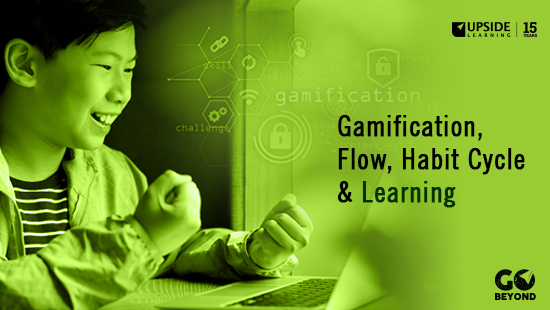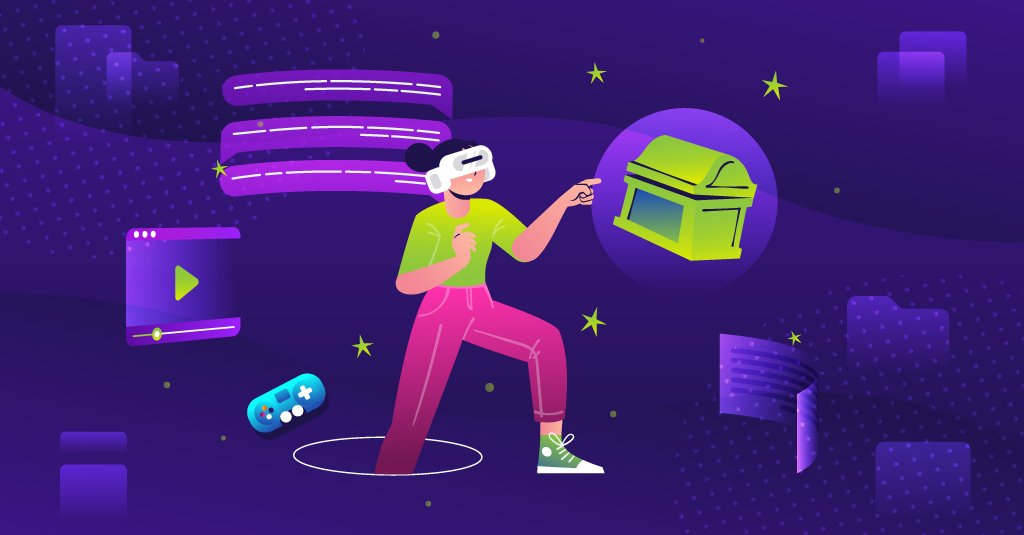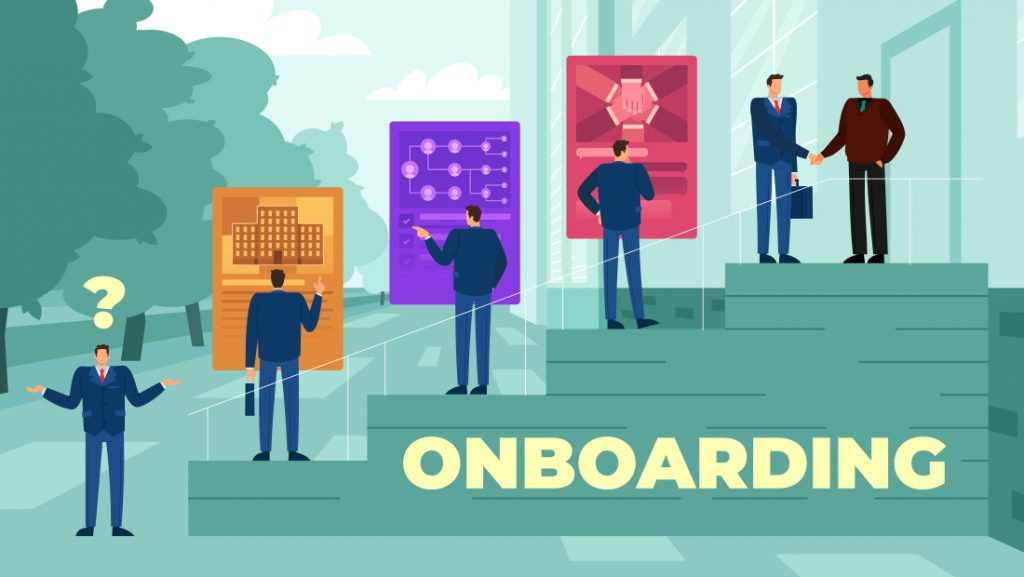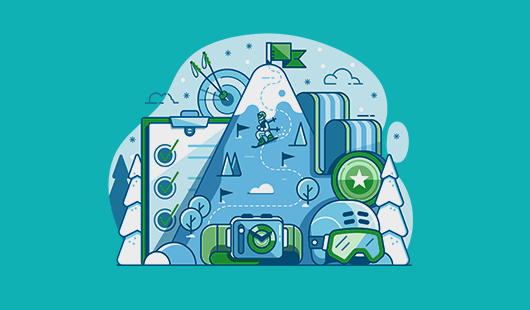Designers of digital learning, Stop! Be Better. The future of humanity is in your hands! We, as humans are constantly evolving on the basis of the quality of learning that we undergo. Online Courses, Masterclasses, conferences, workshops, podcasts, books, blogs, forums, discussions, papers, experiments, social media, etc. contribute to the ever evolving eco-system of constantly staying updated with the latest in everything.
There are many avenues of learning & practicing knowledge & new skills and yet I feel totally lost on what & how I should be learning & practicing. There’s always very little time for that Will Wright on Game Design masterclass I’ve always wanted to do. My priorities are messed up, I guess.
It’s not about not knowing what I should be doing, It is maybe about the fear of missing out on other things, but, It’s definitely about not being able to completely immerse myself in that one course, or that one book, or that one anything that makes me believe that it’s leading me to satisfy my curiosity and makes me want to explore that subject with enthusiasm & interest.
Maybe it’s that enthusiasm & interest that helps the company achieve its strategic goals faster; and isn’t that what the aim of learning is, in the professional landscape? The employees becoming able and thus benefitting the growth of the company? Isn’t that the ideal win-win? Why has the industry drifted so far away from the ideal then? Shouldn’t the people in the industry start rowing towards the ideal, at least now? Isn’t it high time?
To the cynics, pragmatists, and experienced folks: Maybe I will cover the topic of designing for the unmotivated learner when we understand the value of keeping the unmotivated learners, employed. Till then, let’s look at making the journey of the motivated learners better through good design.
Maybe we haven’t thought about it, maybe we don’t have the resources to work on it, maybe we’re just lazy and a bit stuck up with our own ways of working but it’s an idea worth considering and, hopefully, worth implementing going forward.
So let me introduce two concepts that have been overly cited by and amongst the behaviorists, these concepts come from these two best-selling books. The power of habit by Charles Duhigg & Flow – The Psychology of Optimal Experiences by Mihaly Czsikszentmihalyi.
The Habit Loop – from The Power Of Habit
https://academized.com/blog/how-habits-work
The MIT researchers discovered a simple neurological loop at the core of every habit, a loop that consists of three parts: A cue, a routine, and a reward. To understand your own habits, you need to identify the components of your loops. Once you have diagnosed the habit loop of a particular behavior, you can look for ways to supplant old vices with new routines.
The Methodology:
Step 1.1 is to identify the routine. A routine that needs to be stopped, replaced, or created. The routine can be identified with a little bit of experimentation. E.g. going to the cafeteria and buying a chocolate chip cookie every afternoon.
Step 1.2 is to identify the cues/trigger that make this routine happen. Again, the cues can be identified with a little bit of experimentation.
Ex. Is it hunger, boredom, low blood sugar that you need a break before plunging into another task?
Step 1.3 is to identify the reward. The rewards can be identified with a little bit of experimentation.
Ex. The cookie itself? The change of scenery? The temporary distraction? Socializing with colleagues? Or the burst of energy that comes from that blast of sugar?
Step 2
Experiment with alternative rewards:
To figure out which cravings are driving particular habits, it’s useful to experiment with different rewards. This might take a few days, or a week, or longer. By experimenting with different rewards, you can isolate what you are actually craving, which is essential in redesigning the habit.
Ex. Instead of walking to the cafeteria, go outside, walk around the block, and then go back to your desk without eating anything. The next day, go to the cafeteria and buy a donut, or a candy bar, and eat it at your desk. The next day, go to the cafeteria, buy an apple, and eat it while chatting with your friends. Then, try a cup of coffee. Then, instead of going to the cafeteria, walk over to your friend’s office and gossip for a few minutes and go back to your desk.
Step 3
Isolate the cue
Three days in, it was pretty clear which cue was triggering the cookie habit – The reward was ‘a temporary distraction’ – the kind that comes from gossiping with a friend. And the habit, was triggered between 3:00 and 4:00.
Step 4
Once you’ve figured out your habit loop – you’ve identified the reward driving your behavior, the cue triggering it, and the routine itself – you can begin to shift the behavior. You can change to a better routine by planning for the cue, and choosing a behavior that delivers the reward you are craving. What you need is a plan.
Flow – The Psychology of Optimal Experiences
https://en.wikipedia.org/wiki/Mihaly-Csikszentmihalyi
https://positivepsychology.com/mihaly-csikszentmihalyi-father-of-flow/
Csíkszentmihályi outlines his theory that people are happiest when they are in a state of flow—a state of concentration or complete absorption with the activity at hand and the situation. It is a state in which people are so involved in an activity that nothing else seems to matter. The idea of flow is identical to the feeling of being in the zone or in the groove. This is a feeling everyone has at times, characterized by a feeling of great absorption, engagement, fulfillment, and skill—and during which temporal concerns (time, food, ego-self, etc.) are typically ignored.
Csikszentmihalyi characterized nine component states of achieving flow including “challenge-skill balance, merging of action and awareness, clarity of goals, immediate and unambiguous feedback, concentration on the task at hand, paradox of control, transformation of time, loss of self-consciousness, and autotelic experience.
The state of flow has rarely been investigated from a neuropsychological perspective, but it’s becoming a focus of some researchers. According to Arne Dietrich, it has been associated with decreased activity in the prefrontal cortex (2003).
The prefrontal cortex is an area of the brain responsible for higher cognitive functions such as self-reflective consciousness, memory, temporal integration, and working memory. It’s an area that’s responsible for our conscious and explicit state of mind.
However, in a state of flow, this area is believed to temporarily down-regulate in a process called transient hypofrontality. This temporary inactivation of the prefrontal area may trigger the feelings of distortion of time, loss of self-consciousness, and loss of inner critic.
Moreover, the inhibition of the prefrontal lobe may enable the implicit mind to take over, allowing more brain areas to communicate freely and engage in a creative process (Dietrich, 2004). In other research, it’s been hypothesized that the flow state is related to the brain’s dopamine reward circuitry since curiosity is highly amplified during flow (Gruber, Gelman, & Ranganath, 2014).
Csikszentmihalyi describes eight characteristics of flow:
- A challenge that makes you use all your skills: If the challenge demands the highest level of your skills, it’s very likely you’ll start to flow.
- Focus and concentration:In a flow state, your focus is so centered that the world and your ego completely disappear. Your whole being focuses on one thing, and you enter an extreme state of concentration.
- Clearly defined goals: Csikszentmihalyi found that we get more enjoyment out of things when we have clear goals. If they’re vague or unclear, your attention will fade.
- Direct, immediate feedback:People need to get short-term feedback to reinforce their behavior. Feeling like you’re on the right track adds intensity to your experience.
- Exclusion of other information: In a state of flow, there’s no room for information unrelated to the activity at hand.
- A feeling of control:When you’re flowing, you feel very in control of what’s happening. It’s like a compass for your self-knowledge.
- You lose your sense of self-awareness:In these kinds of states, it’s almost like your sense of self has completely disappeared. What this does is create a kind of “freedom” effect inside you.
- A change in your perception of time: Experiencing this state gives you the feeling that time has compressed. Three hours will feel like 30 seconds in a state of flow.
Of Learning & Development
For the evolution of the people and the industry, can we look at adapting these two concepts in the process of designing & delivering the learning content? For it’s the evolution of human beings that we’re looking at and are responsible for. Yes, there are many concepts and many things that people and this industry must adapt to; however, these two stand out for me for two simple reasons. They’re sort of the easiest to implement and their potential for real transformation is high considering the ease of implementation.
Let’s explore how –
If we can look at designing the content from the lens of the habit loop, where the learning cues are systematically designed to redirect the learner towards the routine of learning, and their rewards are carefully designed to satiate the curiosity inside them and make them want to explore that subject further, we could achieve a 5-10% improvement from the way the current courses are being designed. Not just on the front of absorbing the knowledge but also on the front of building potential specialists that aid the growth of the company.
E.g. AI is a subject that is well-known amongst everyone in the corporate space as a subject that needs to be understood and learnt. But actually taking the first steps to learning or continuing the journey of learning AI, be it theoretical or practical, always gets stalled because there’s something more important that needs to be done right now. Cues need to be designed in the organization and their learning process that redirects the learners towards that one-course. Within the course, if the cues are designed for the learners to keep coming back, there is a possibility that even more learners will come back to do the routine of that course and even complete it. The cues can differ from organization to organization and are analytical creative activities within or outside the course that suggest the learners to take and complete the course. It’s almost like creating the AIDA – attention, interest, and desire for the learners to do the routine. Eliminating friction for the learners to do the routine, is the idea behind creating the cues.
Moving on to the routine, that one AI course that will blow the minds away of the learners can be carefully designed by ensuring that all the components that Czsikszentmihalyi mentioned (challenge-skill balance, merging of action and awareness, clarity of goals, immediate and unambiguous feedback, concentration on the task at hand, paradox of control, transformation of time, loss of self-consciousness, and autotelic experience) are present in the design of the course in some variance. I understand that designing for loss of self consciousness could be a bit tricky and subjective. However, it’s very much possible to measure the course on these components once it’s designed and ready to be shipped. This could be the level of QA that learning companies can aim for? Maybe?
And the final part of the puzzle, which are the rewards. We need to understand what the motivators of the learners could be and design the rewards on that basis. A bit of psychology & a bit of gamification will help us understand what drivers impact humans in which capacity and design the rewards & the systems around it that will benefit the objective of the course. Yes, games are the best places to borrow from (I’m biased) when it comes to the rewards and reward systems because they have and have the potential to make us feel the things we feel about real world and real humans for virtual worlds and virtual humans. Unlike movies, they also do a better job at habit change through interactive actions. Games have a weird knack of pulling the player in the game-world, transforming the player and once the game is over, the player is a different human being from when the game began and in most of the cases, it’s for the better.
Long story short, we’ve got a long way to go before we become great at designing world-class learning material & tinkering through the design stages is a definite way to get there.



















